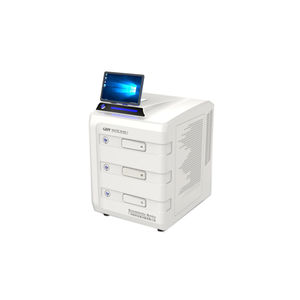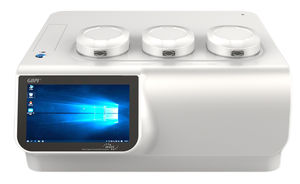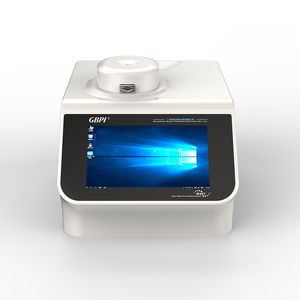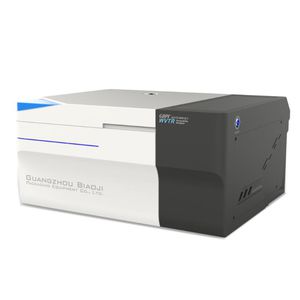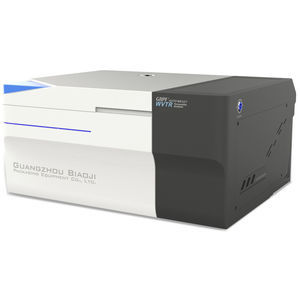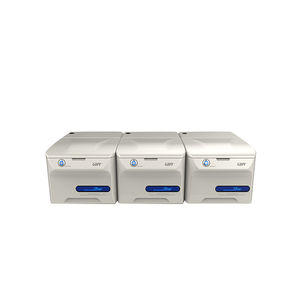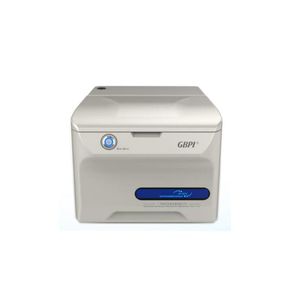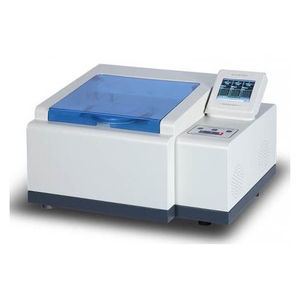
- Metrology - Laboratory
- Analytical Instrumentation
- Plastic film analyzer
- Guangzhou Biaoji Packaging Equipment Co., Ltd
- Company
- Products
- Catalogs
- News & Trends
- Exhibitions
Water vapor transmission rate analyzer W405Lfor packagingfor plastic filmfor the food industry

Add to favorites
Compare this product
Characteristics
- Measured entity
- for packaging, for plastic film
- Application domain
- for the food industry
- Measured value
- permeability, water vapor transmission rate
- Technology
- infrared
Description
W405LInfrared Water Vapor Permeability Analyzer is a high-end precision packaging
material testing instrument developed by GBPI R&D team based on ASTM and GB standard
requirements and market demands. It is used to test the water vapor transmission rate of
samples under set temperature and humidity conditions. rate (amount). It is suitable for the water vapor transmission performance test of films, sheets, paper, packaging parts and various materials in the fields of food, medicine, medical equipment, daily chemicals, photovoltaic electronics, etc. Ideal configuration instrument for material
barrier properties. Principle
W405L Infrared Water Vapor Permeability Analyzer adopts the principle of infrared method. The pre-treated sample is fixed in the middle of the test chamber, and the test chamber is
divided into a high-humidity side and a low-humidity side. The compressed air flows on one
side of the film, and the dry nitrogen (carrier gas) flows at a fixed rate on the other side. Due
to the existence of the humidity gradient, the water vapor will permeate from the high
humidity side to the low humidity side, and the water vapor passing through the sample is
carried to the infrared sensor by the flowing dry nitrogen, and the water vapor permeability of
the sample is obtained by the electrical signal output by the sensor parameters such as
overrun.
Standard
ASTM F 1249-2013 、 BS EN ISO
15106-2-2005、JIS K7129-2008
Other Guangzhou Biaoji Packaging Equipment Co., Ltd products
Water Vapor Permeability Analyzer
*Prices are pre-tax. They exclude delivery charges and customs duties and do not include additional charges for installation or activation options. Prices are indicative only and may vary by country, with changes to the cost of raw materials and exchange rates.




